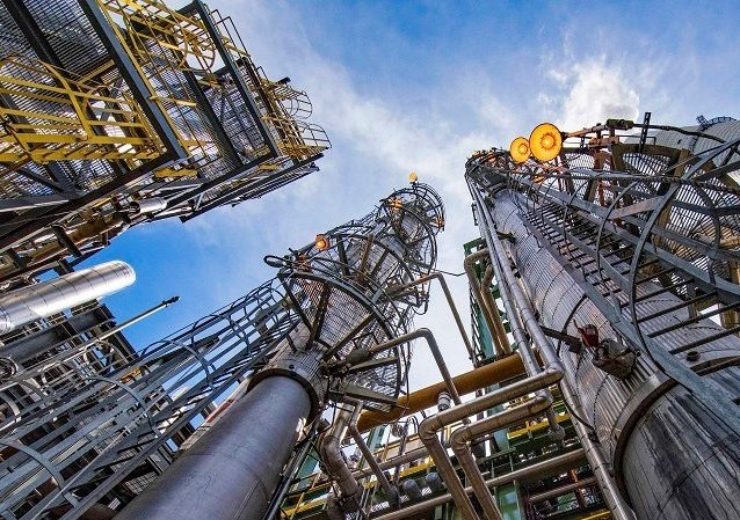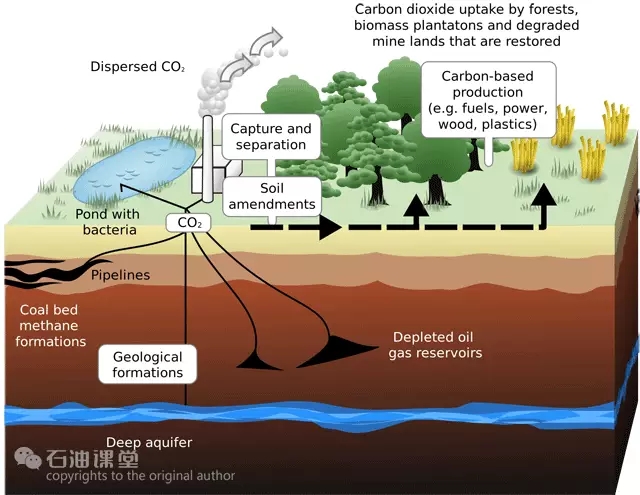

Roughly 28m tonnes out of the 39m tonnes captured globally, according to its estimates, is reinjected and sequestered in oil fields to push more oil out of the ground. This “enhanced oil recovery” (EOS) accounts for about 73% of the CO2 captured globally each year, in recent years, according to the report. Most CCS projects have since reused captured gas by pumping it into dwindling oil fields to help squeeze out the last drops, it pointed out. IEEFA’s report said that although carbon capture and storage is a 50-year-old technology, its results have been varied. Internationally, to align with goals to reach net zero by 2050, annual CCS capacity will need to reach 1.6bn tonnes of CO2 every year by 2030, the International Energy Agency (IEA) has said. Proposals put forward by the Department for Business, Energy and Industrial Strategy (Beis) suggest that up to 30m tonnes of carbon dioxide emissions will need to be captured and sequestered every year in the UK alone by the mid-2030s, if targets are to be met. “Many international bodies and national government are relying on carbon capture in the fossil fuel sector to get to net zero, and it simply won’t work,” Bruce Robertson, the author of the IEEFA report, said.ĭespite being a technology still in development, carbon capture and storage has been put forward as a key element in the UK’s plans to reach net zero carbon emissions by 2050.

Of the 13 projects examined for the study – accounting for about 55% of the world’s current operational capacity – seven underperformed, two failed and one was mothballed, the report found.


 0 kommentar(er)
0 kommentar(er)
